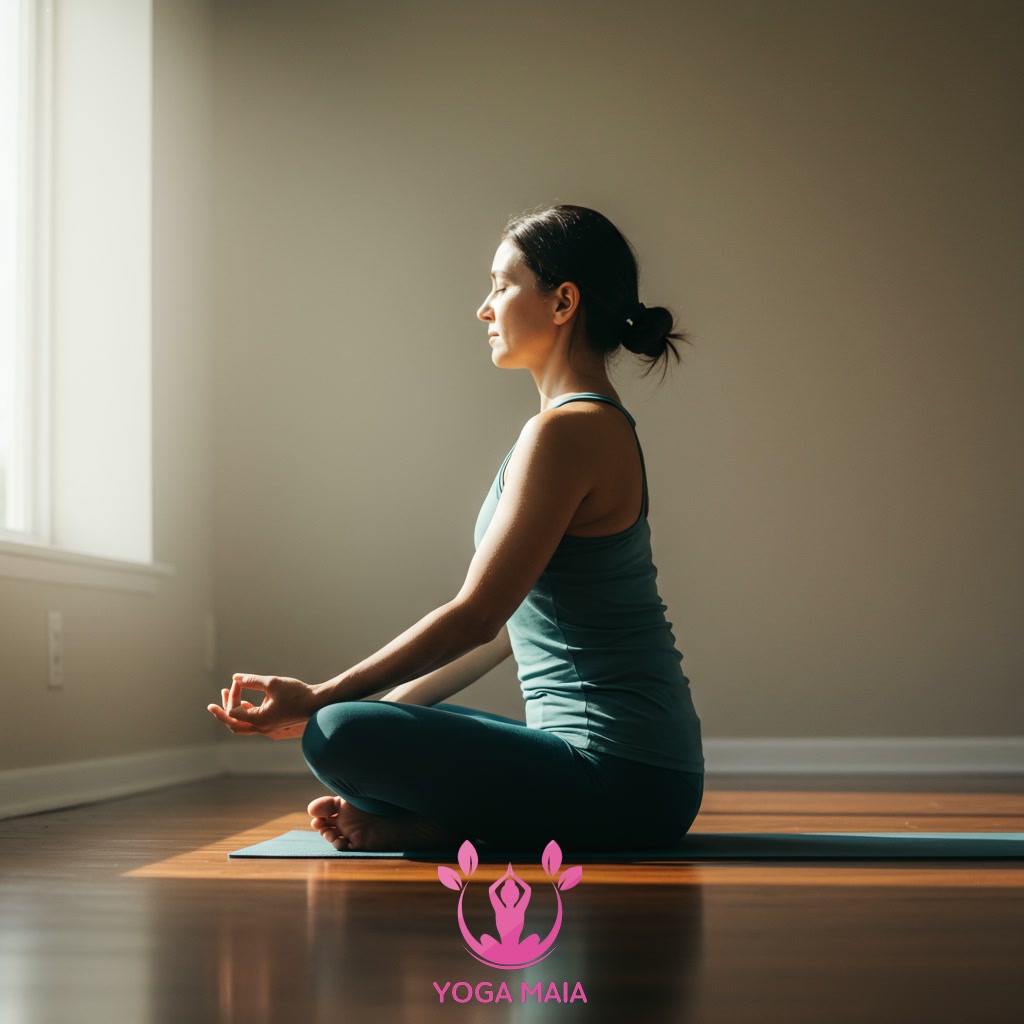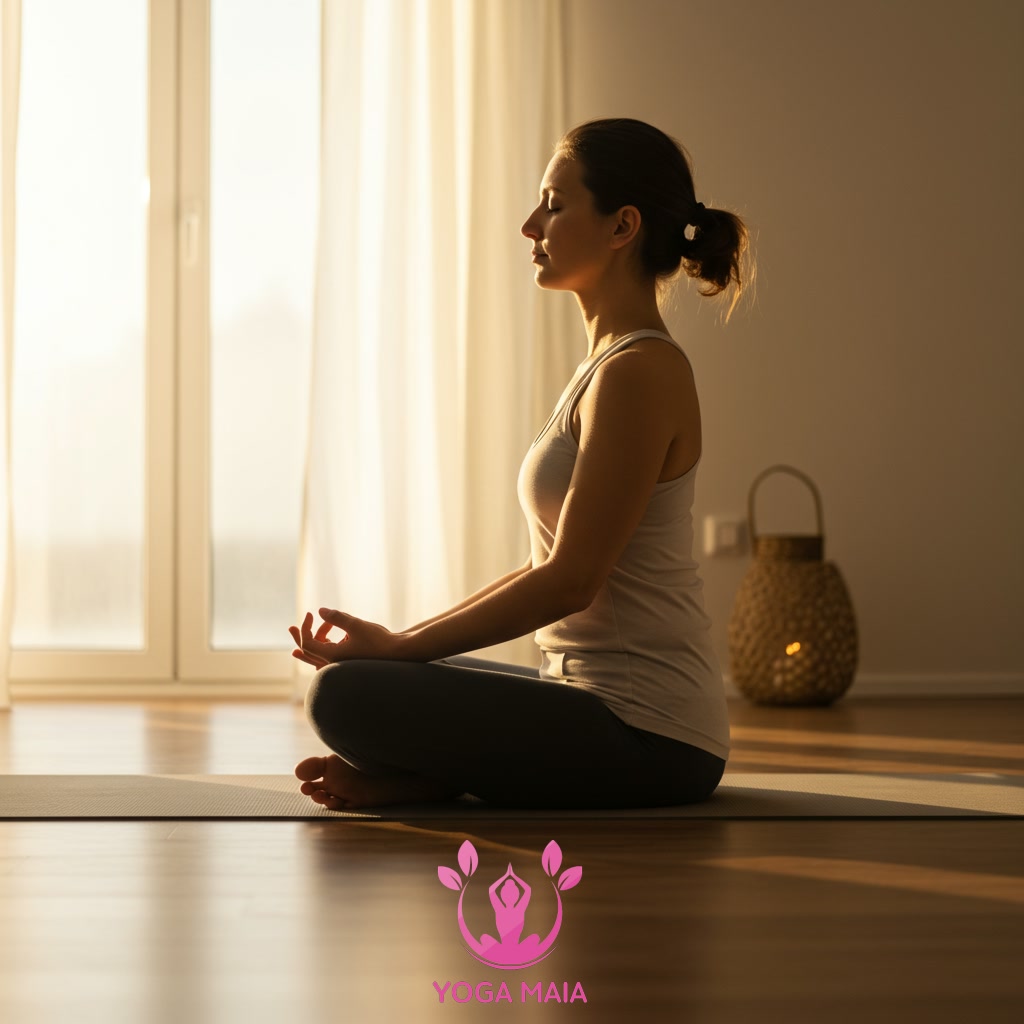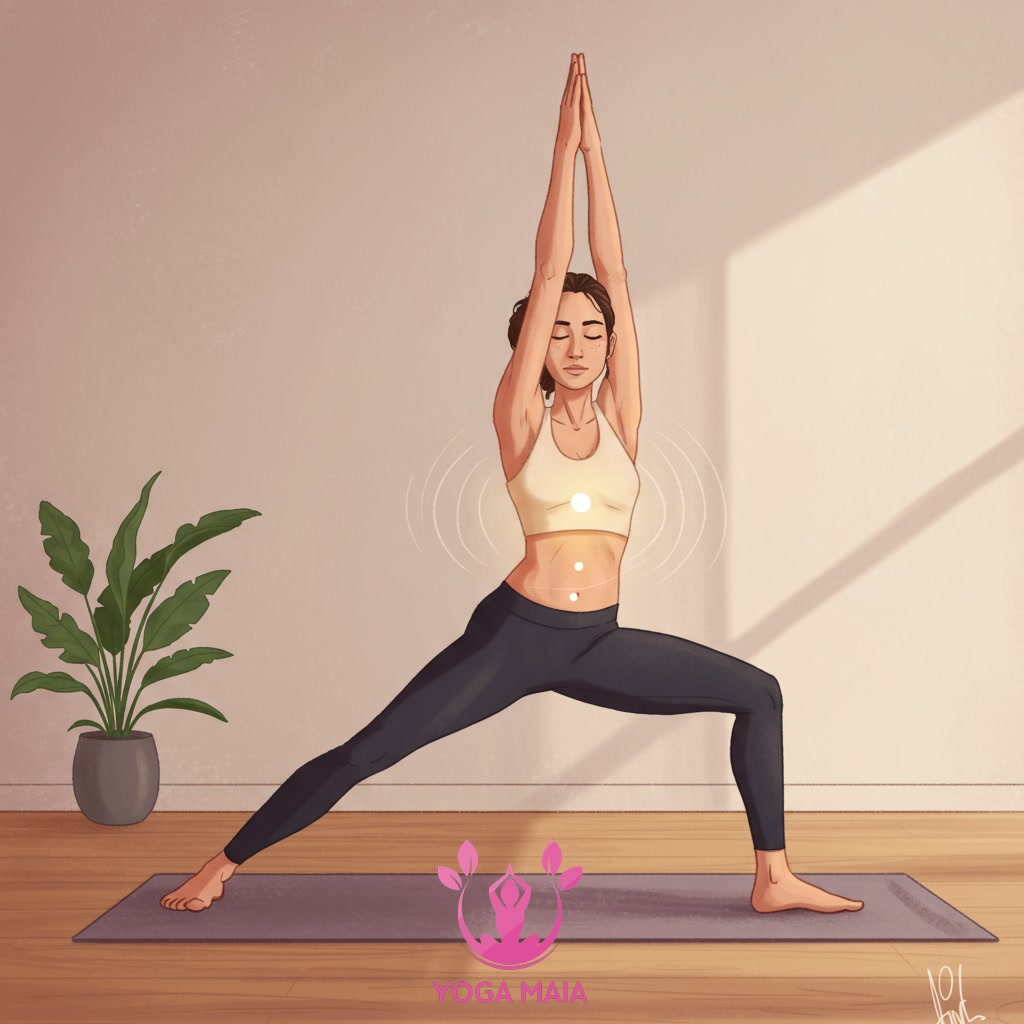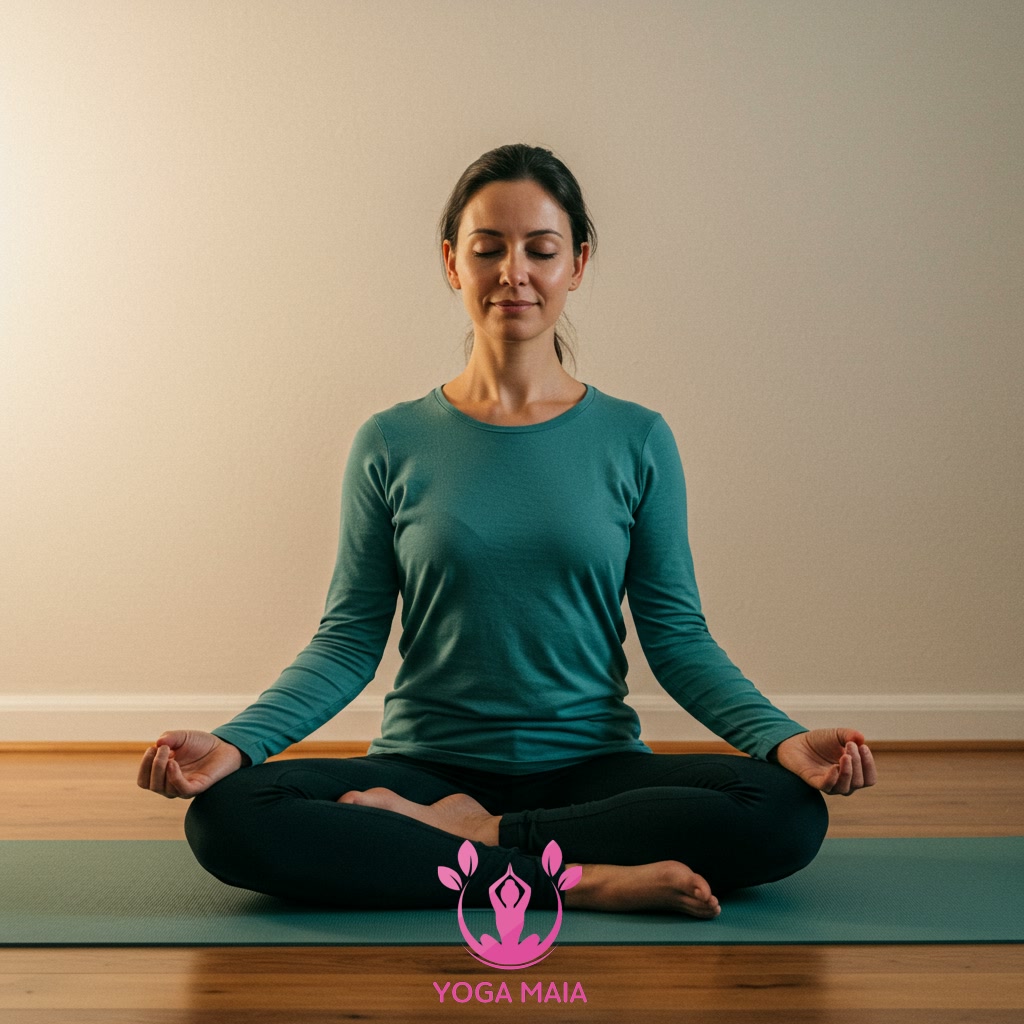Yoga Blog
Cultivating Inner Peace: The Art and Practice of Conscious Breathing in Yoga

This content explores the vital role of conscious breathing as a key practice within yoga. It details techniques and benefits of mindful breathwork for achieving a state of inner peace and mental clarity. By integrating intentional breathing, individuals can cultivate greater self-awareness and emotional balance. The material provides practical insights into applying these principles in daily life and yoga routines.
Table of Contents
- Section 1: Introduction: The Path to Inner Peace Through Breath and Yoga
- Section 2: Understanding Conscious Breathing (Pranayama) in Yoga Philosophy
- Section 3: Fundamental Conscious Breathing Techniques for Calm and Focus
- Section 4: Integrating Conscious Breathing into Your Yoga Asana Practice
- Section 5: The Transformative Benefits: Cultivating Inner Peace Through Breath Awareness
- Section 6: Practical Application: Bringing Conscious Breathing into Daily Life
Section 1: Introduction: The Path to Inner Peace Through Breath and Yoga
This journey into cultivating inner peace begins by recognizing the profound connection between our breath and our state of mind. In the practice of yoga, conscious breathing, known as pranayama, is not merely an exercise but a fundamental tool for self-awareness and emotional regulation. It serves as a bridge, linking the physical body to the subtle energies and the often-turbulent landscape of our thoughts and feelings. By intentionally directing our breath, we can learn to quiet the mental chatter, reduce stress, and foster a sense of calm presence. This introduction sets the stage for exploring how integrating mindful breathwork into yoga and daily life can unlock a deeper sense of tranquility and inner harmony, paving a clear path towards lasting peace.
 Introduction: The Path to Inner Peace Through Breath and Yoga
Introduction: The Path to Inner Peace Through Breath and Yoga
Section 2: Understanding Conscious Breathing (Pranayama) in Yoga Philosophy
Building upon the understanding of the breath-mind connection, yoga philosophy introduces Pranayama as a fundamental practice, specifically the fourth limb of Patanjali’s Yoga Sutras. Pranayama is not merely about physical breathing exercises, but is defined as the conscious regulation and extension of *prana*, the vital life force or energy within the body. Through systematic control of inhalation, exhalation, and retention, practitioners aim to purify the energy channels (nadis) and calm the fluctuations of the mind (chitta vritti). This philosophical perspective highlights Pranayama’s role as a bridge between the external practices of yoga (like asana) and the internal states of concentration and meditation (Dharana and Dhyana), essential for cultivating inner peace and higher consciousness.
 Understanding Conscious Breathing (Pranayama) in Yoga Philosophy
Understanding Conscious Breathing (Pranayama) in Yoga Philosophy
Section 3: Fundamental Conscious Breathing Techniques for Calm and Focus
Building upon the understanding of the breath-mind connection and the concept of Pranayama, this section focuses on fundamental conscious breathing techniques specifically aimed at cultivating calm and enhancing focus. A cornerstone practice is diaphragmatic breathing, or belly breathing, which encourages deep, full inhales that expand the abdomen, promoting relaxation by stimulating the vagus nerve. Another effective technique is Ujjayi breath, often called the “ocean breath,” created by slightly constricting the back of the throat during both inhalation and exhalation. This gentle friction generates a soft sound that helps regulate breath flow and serves as an anchor for concentration. By consciously directing the breath using these methods, practitioners can effectively quiet the nervous system, reduce mental chatter, and improve present-moment awareness, laying the groundwork for deeper states of tranquility and single-pointed focus.
 Fundamental Conscious Breathing Techniques for Calm and Focus
Fundamental Conscious Breathing Techniques for Calm and Focus
Section 4: Integrating Conscious Breathing into Your Yoga Asana Practice
Integrating conscious breathing into your yoga asana practice is a cornerstone for deepening your connection to both body and mind. Moving beyond simply performing postures, this practice involves synchronizing each inhale and exhale with specific movements or holding steady poses with mindful breath awareness. Typically, inhales accompany expansive movements like lifting or opening the chest, while exhales support contracting movements such as folding forward or twisting. Maintaining a steady, rhythmic breath throughout allows you to stay present, cultivate inner stillness amidst physical effort, and potentially deepen flexibility and strength by working *with* your breath rather than against it. This conscious integration transforms the physical practice into a moving meditation, enhancing focus and promoting a profound sense of calm and centeredness.
 Integrating Conscious Breathing into Your Yoga Asana Practice
Integrating Conscious Breathing into Your Yoga Asana Practice
Section 5: The Transformative Benefits: Cultivating Inner Peace Through Breath Awareness
Moving beyond the physical integration discussed previously, conscious breath awareness unlocks profound transformative benefits, primarily the cultivation of inner peace. By intentionally focusing on the inhale and exhale, we anchor the mind in the present moment, interrupting the cycle of anxious thoughts and mental chatter. This practice actively engages the parasympathetic nervous system, promoting a state of calm and reducing stress hormones. Consistent breath awareness fosters greater self-awareness, allowing us to observe our emotional state without judgment and respond with more clarity and equanimity. This deliberate slowing down and centering through breath creates a stable internal environment, providing a foundation for navigating life’s challenges with increased resilience and a deeper sense of inner tranquility.
 The Transformative Benefits: Cultivating Inner Peace Through Breath Awareness
The Transformative Benefits: Cultivating Inner Peace Through Breath Awareness
Section 6: Practical Application: Bringing Conscious Breathing into Daily Life
Integrating conscious breathing into your daily routine doesn’t require a dedicated hour on a yoga mat. The key is finding small moments throughout the day to pause and reconnect with your breath. This could be while waiting in line, before starting a task, during a stressful meeting, or simply when you notice tension building. Take a few intentional deep breaths, focusing solely on the sensation of air entering and leaving your body. This simple act interrupts automatic stress responses, grounds you in the present moment, and helps cultivate a sense of calm resilience amidst daily challenges. By consistently practicing this micro-habit, conscious breathing becomes a powerful tool for managing stress, enhancing focus, and maintaining inner peace outside of formal practice.
 Practical Application: Bringing Conscious Breathing into Daily Life
Practical Application: Bringing Conscious Breathing into Daily Life












